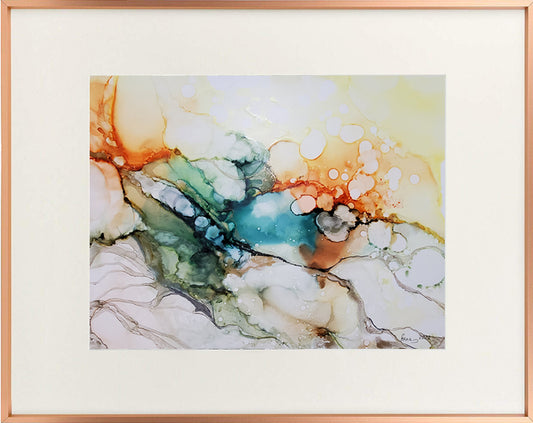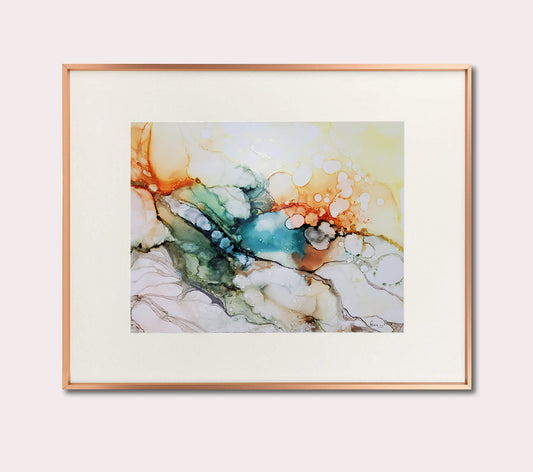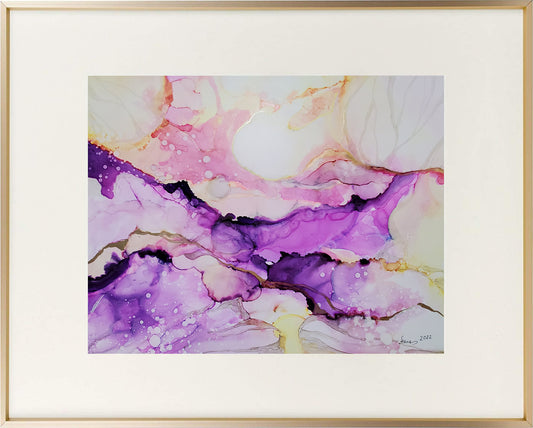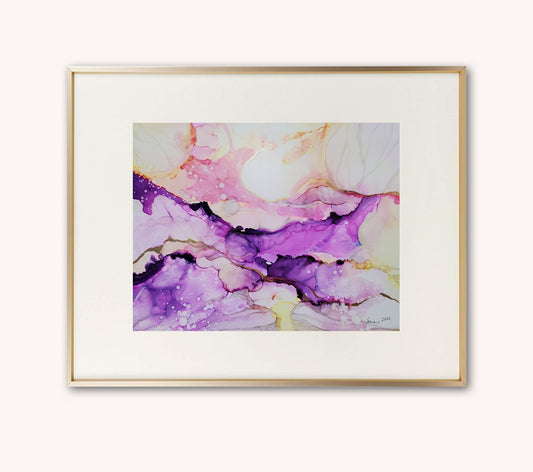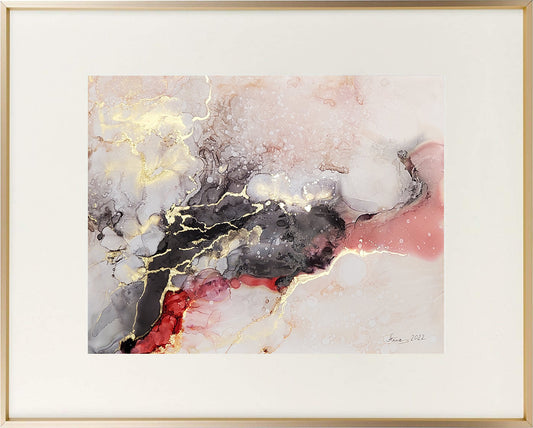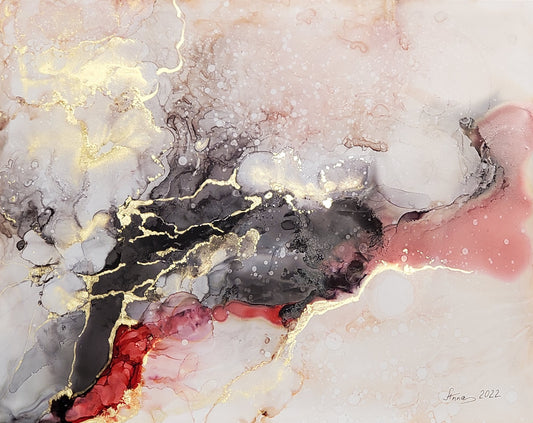
Art has always been a subject of fascination and investment, but assessing the worth of a painting goes beyond mere aesthetics. Determining the true value of a piece of art can be a complex process, influenced by various factors such as the artist's reputation, the painting's provenance, its historical significance, and the current market demand. In this article, we'll delve into the intricacies of art worth assessment and explore the key elements that make a painting truly valuable.
1. Artist's Reputation and Significance
The artist behind a painting plays a pivotal role in assessing its worth. Works created by renowned artists with a significant place in art history often command higher prices. For example, a masterpiece by Vincent van Gogh, one of the most celebrated artists of the 19th century, could be valued in the millions due to his iconic status.
However, even lesser-known artists can have valuable works if their pieces are recognized for their innovation or unique contributions to art movements. Frida Kahlo, though not as widely recognized during her lifetime as some contemporaries, has gained significant prominence for her distinctive style and personal narrative, making her paintings incredibly valuable.
2. Provenance: The Painting's History
Provenance refers to the documented history of a work of art, tracing its ownership back to its creation. Paintings with well-documented provenance are often considered more valuable because they can provide insights into the painting's history and authenticity. If a work has been in the collection of respected institutions or notable individuals, it can enhance its value significantly.
For example, the famous painting "Starry Night" by Vincent van Gogh has a well-documented provenance, and its history can be traced back to the artist's brother, Theo van Gogh, making it an iconic piece in the art world.

3. Artistic Style and Innovation
The artistic style and innovation exhibited in a painting are crucial factors in determining its value. Innovative techniques or groundbreaking approaches to art can set a painting apart from the rest and make it more valuable. Art movements that introduce new ways of thinking or creating art often lead to valuable works.
Take, for instance, the Cubist movement led by Pablo Picasso and Georges Braque. Their innovative approach to art, which fragmented objects into abstract shapes, introduced a new way of perceiving the world and had a profound impact on the art world. Paintings from this movement, such as Picasso's "Les Demoiselles d'Avignon," hold immense value due to their historical and artistic significance.

4. Historical and Cultural Significance
The historical and cultural context in which a painting was created can greatly influence its value. Works that are associated with significant historical events or cultural movements tend to be highly sought after by collectors and museums.
An excellent example of this is the "Mona Lisa" by Leonardo da Vinci. Beyond its artistic merit, the painting is renowned for its connection to the Italian Renaissance and its mysterious history, including the theft of the painting in 1911, which contributed to its fame and cultural significance.

5. Rarity and Scarcity
The scarcity of a particular painting can significantly impact its value. If a painting is one of a kind, or part of a limited edition, it may be more valuable because it's not readily available on the market. Collectors are often willing to pay a premium for works that are rare.
An example of this is the "Salvator Mundi" by Leonardo da Vinci, which was rediscovered in the 21st century and became one of the most expensive paintings ever sold at auction. Its rarity, combined with the artist's name, drove its value to unprecedented heights.

6. Condition and Authenticity
The physical condition of a painting is crucial in assessing its value. Art collectors and experts often look for works that have been well-preserved and maintained over the years. Paintings with minimal damage, fading, or restoration tend to be more valuable.
Additionally, establishing the authenticity of a painting is paramount. Authentication processes involving expert analysis, provenance research, and scientific testing are essential to confirm that a painting is indeed the work of the claimed artist. Authentication can significantly affect a painting's value; for example, the discovery of a previously unknown Rembrandt can lead to a substantial increase in worth.
7. Current Market Demand
Art, like any commodity, is subject to market dynamics. The demand for certain artists, styles, or periods can fluctuate over time, affecting the value of paintings. Art collectors and investors closely follow the trends and market conditions to make informed decisions.
For instance, in recent years, there has been a growing interest in contemporary art, leading to increased demand for works by living artists. The market for contemporary art has seen a surge in value as collectors seek to invest in emerging talent.
8. Art Historical Documentation and Critique
Art historical documentation and critical reviews can provide valuable insights into the significance of a painting. Published reviews, scholarly articles, and exhibition histories can offer context and analysis of a painting's importance within the art world. Positive reviews and critical acclaim can drive up a painting's value.
For example, a painting that received glowing reviews when displayed in a renowned art exhibition may be considered more valuable due to the acknowledgment it received from art critics and scholars.
9. Comparative Analysis and Sales Records
Comparative analysis involves examining the sale prices of similar artworks to gauge the potential value of a painting. Auction records, private sales, and gallery prices for paintings by the same artist or from the same period can provide a benchmark for assessing a painting's value.
For instance, if you are trying to assess the value of a 19th-century landscape painting, you can look at the prices achieved by other landscape paintings from that era to determine where it stands in terms of value.
10. Emotional and Personal Connection
Lastly, the personal connection and emotional resonance a painting holds for an individual can impact its perceived value. Some collectors are willing to pay a premium for a work that has a special meaning to them, whether it's a sentimental attachment, a connection to the subject matter, or a piece that evokes specific emotions.
In conclusion, determining the true value of a painting is a multifaceted process that considers the artist's reputation, provenance, artistic style, historical and cultural significance, rarity, condition, authenticity, market demand, art historical documentation, comparative analysis, and personal connection. Each of these factors contributes to the overall assessment of a painting's worth, and a combination of these elements can result in a truly valuable work of art. Whether you're a seasoned collector, an investor, or an art enthusiast, understanding these key elements is essential in making informed decisions about the value of a painting and its place in the art world.
Intrigued by the fascinating world of abstract art? Your artistic journey doesn't have to end here. Explore a mesmerizing collection of captivating and modern abstract artworks by visiting our Abstract Art Collection and Shop. Our gallery is a treasure trove of creativity, where you can not only see but also acquire unique pieces that resonate with your aesthetic sensibilities. Dive into a realm of imagination, emotion, and innovation as you discover the transformative power of abstract art. Don't miss the opportunity to enrich your surroundings with these thought-provoking creations. Start your exploration now and let the art on this page inspire your soul.

